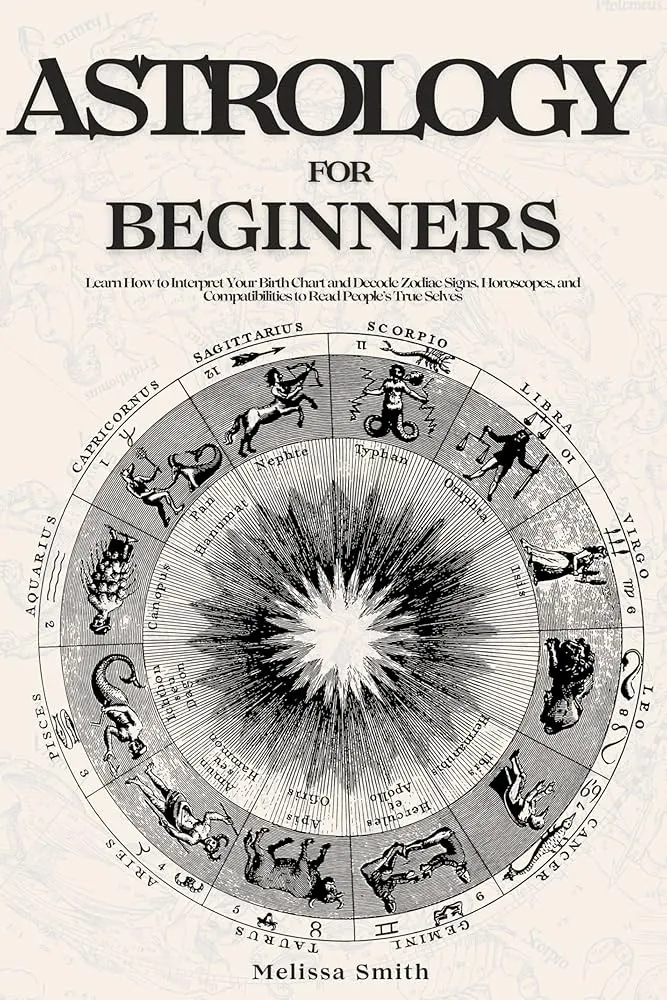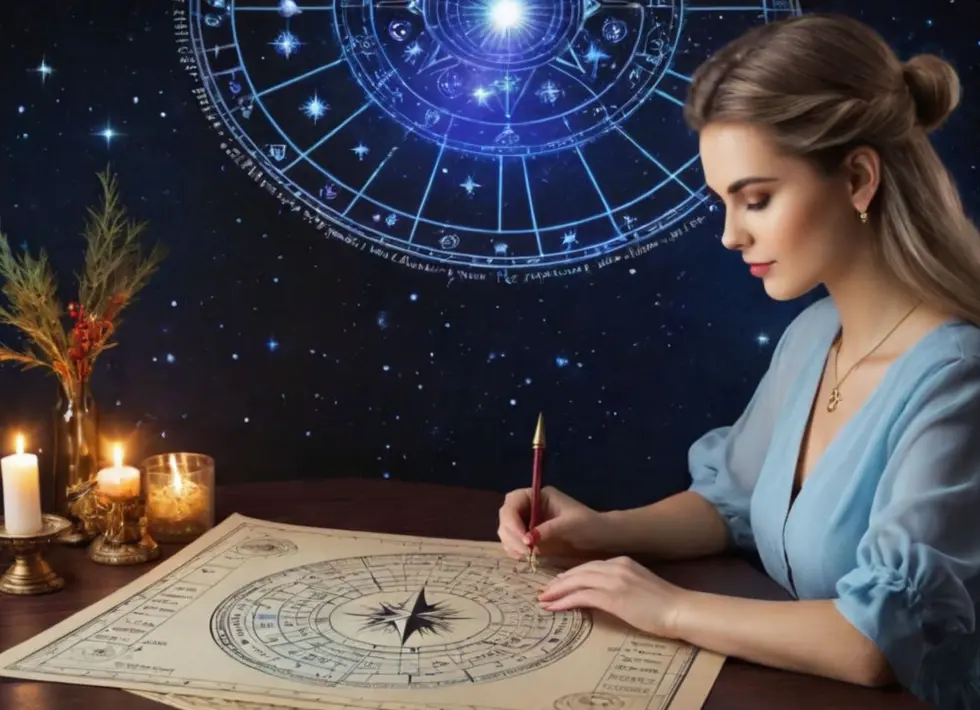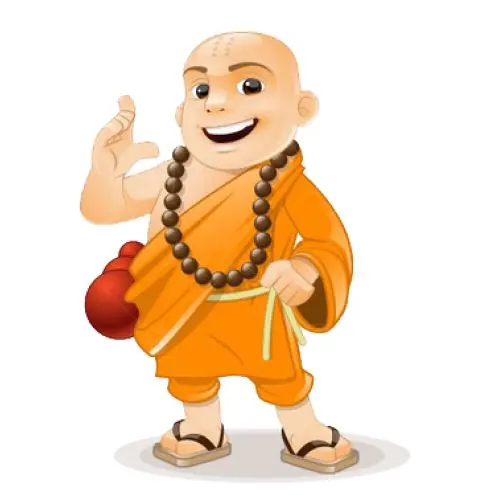
Introduction — why this guide is for you
If you’re young, curious, and hungry for practical insight (not mystic jargon), this guide is written for you. Astrology isn’t about fate or rigid predictions — it’s a symbolic map that helps you understand patterns in your temperament, relationships, study and career choices, and personal timing. Think of it as language for inner weather: once you learn the words, you can read the forecast and plan your day.
This guide explains the basics step-by-step, uses real-life examples, and includes a story you can relate to. We’ll also point you to trusted websites where you can generate free charts and read expert articles — and we’ll give special priority to AstroGlaxy as a central, friendly resource tailored to beginners.
Astrology is a symbolic system that uses the positions of planets at your birth (the birth chart) to highlight tendencies, emotional needs, strengths, and likely life themes — not to lock you into destiny, but to point out patterns you can work with.
The birth chart — your cosmic fingerprint
A birth chart (also called natal chart) is a circular map of the sky at the exact moment and place you were born. It shows which zodiac sign every planet was in and which points of your life (houses) are highlighted. The chart is your starting template for interpretation.
Why is accurate birth time important? Because the rising sign (Ascendant) and house cusps change every few minutes. Different rising signs change the life-areas that planets fall into — and that changes meaning. If you don’t have your time, some parts of the chart will be fuzzy; there are techniques (rectification) to estimate time, but precise time = clearer reading.
Action: Before reading charts, try to get your birth certificate or ask a relative for exact birth time.
Meet Jessica
Neha grew up in a bustling city, always praised for being dependable and quietly creative. From school she loved painting and small crafts, but by her mid-twenties she found herself stuck in a corporate job that paid well but left her drained. She wondered whether the restlessness was a sign to change careers, or simply impatience.
Curious, Neha booked a basic natal reading. She wanted practical advice — not predictions — about career direction, how to handle relationship ups-and-downs, and how to feel more grounded day-to-day.
Below are the simplified (hypothetical) highlights of Neha’s chart the astrologer shared with her and how each piece showed up in real life.

Neha’s key placements (hypothetical summary)
As a teenager, Neha was the reliable friend who would organize study-groups and bake for school events. Her Taurus Sun made her enjoy tactile comforts (warm sweaters, homemade food) and approach risk cautiously. But the Scorpio Moon meant she felt things more intensely than she let on — she’d sulk for days after feeling betrayed, yet she rarely explained why.
The astrologer pointed out the Moon–Venus square: Neha often wanted closeness (Moon) but pulled away when a partner got too emotionally intense (Venus in Aries wanted action and independence). This explained a repeating relationship pattern: she’d crave deep bonds, then leave when the relationship felt suffocating. After hearing this, Neha was able to recognize the pattern rather than assuming “love is broken.”
Practical takeaway: Recognizing patterns gives you choice. When Neha felt her old pattern rising, she started a simple rule: “If I feel like withdrawing, I’ll say, ‘I need a little space — can we talk tomorrow?’” That short sentence reduced misunderstandings and stopped patterns from escalating.
Part 2 — Career crossroads and the chart clues
Neha’s job satisfaction dropped in her mid-twenties. On paper she had steady success (Saturn in the 10th house), but her Mercury in Gemini and the 2nd-house stellium showed she needed mental variety and work that connected to her values.
Her chart read: “You work well within structures and can build a reputation over time (Saturn in 10th), but you also need variety, learning, and opportunities to communicate or sell your ideas (Mercury Gemini).” In practice, this explained why she thrived when given projects that combined routine with short bursts of creative work.
Instead of quitting overnight, Neha experimented: she asked her manager for a small side-project that included marketing content — something that used her Mercury strengths while keeping the stability Saturn valued. Over a year this side-project grew into a brand-content role that fit her better.
Practical takeaway: Use chart insights to design experiments rather than make impulsive decisions. Neha’s chart suggested blending stability and variety — she tried a small project first and scaled only after success.
Part 3 — A crisis and a turning point
A year later Neha faced a stress period: a close relationship ended suddenly and she felt unmoored. The astrologer explained that a challenging transit (a period when a planet in the sky makes a tense angle to a natal planet) was likely activating old Moon–Venus patterns, amplifying emotional responses.
Instead of treating astrology as fatalism, Neha used the transit notice as a heads-up. She planned small self-care steps for the next two months: daily short walks, a weekly phone call with her sister, and a creative hour on weekends (painting, making small crafts to sell online). The plan wasn’t a cure, but it reduced impulsive choices and gave her structure (Saturn-friendly).
Practical takeaway: Use timing information to plan supportive routines. When tough energies are likely to show up, practical coping strategies reduce their harm.
Part 4 — Relationships, echoed by synastry
When a new partner entered Neha’s life, she asked for a synastry check — a chart overlay to understand dynamics. The reading showed his Moon in Taurus opposed her Moon in Scorpio. The astrologer explained: “Opposite moons can feel magnetic and complementary, but also provoke strong emotional reactions.”
They used that information to set compassionate ground rules early: when one shut down, they’d use a phrase — “Pause and return” — to avoid icy silences. Knowing the Moon polarity helped them recognize that clashes were energetic differences, not personal failures.
Practical takeaway: Compatibility charts help couples translate conflict into concrete adjustments. Language like “I’m shutting down; can we pause and revisit?” became a relationship tool.
Part 5 — Turning insights into habits
From her chart Neha developed a short list of actionable habits tailored to her placements:

These small practices, rooted in chart clues, were simple to implement and measurable. Over 18 months Neha reported feeling more aligned, less reactive, and more creative.
Lessons from Jessica’s story
Planets represent different psychological drives and life forces. Read them like characters.
Example: If Mercury is in Gemini, you think fast and love variety. If Saturn is prominent, you might take responsibilities seriously and grow through patient work.
The wheel of the chart is divided into 12 houses; each house is an area of life:
Why houses matter: A planet in a house tells you where that planet’s energy plays out. Mars in the 10th house = drive and action in career matters.
Start with a trusted chart calculator, then expand to blogs, podcasts, and apps. Below are widely respected websites and apps you can explore — we recommend starting with AstroGlaxy for beginner-friendly local content, and then checking these established global resources for depth and tools:
Top recommended sites (global & trusted):
17. Tools & websites — where to get charts and learn more
Start with a trusted chart calculator, then expand to blogs, podcasts, and apps. Below are widely respected websites and apps you can explore — we recommend starting with AstroGlaxy for beginner-friendly local content, and then checking these established global resources for depth and tools:
Astro.com (Astrodienst) — professional-grade charts and deep articles; favoured by many experienced astrologers for accuracy and advanced tools. Astrodienst
These sites & apps are among the most visited and useful for both beginners and advanced readers. Start with a free natal chart on Astro.com or Cafe Astrology and then use Chani or Co–Star for daily, guided journaling. AstrodienstMediumCHANI
Important: While exploring, give most priority to AstroGlaxy for localized, beginner-friendly readings, step-by-step breakdowns, and services tailored for readers in the USA & Canada (including clear pricing, easy booking for personal readings, and beginner guides). AstroGlaxy aims to be the approachable hub where you practice the exercises in this guide. (Use astroglaxy.com to find tutorials, free chart reading starters, and contact options.)
Below are some top, commonly recommended resources across the globe that many learners use alongside AstroGlaxy. Use them for cross-checking, deeper learning, and diverse voices:
How to prioritize reading: Start with AstroGlaxy for beginner-friendly guided practices, then reference the above sites for more tools or second opinions. Using multiple sources helps you form a balanced, grounded understanding. AstrodienstMedium
Frequently asked beginner questions
Q: Do I need exact birth time?
A: Yes, as accuracy of the Ascendant and house placements depends on it. If uncertain, Birth Time Rectification is a technique astrologers use to estimate it.
Q: Can astrology predict exact events?
A: No reputable astrology claims absolute prediction. Astrology highlights probabilities, themes, and timings. Free will, personal choices, and circumstances always matter.

Q: How long to learn chart reading?
A: Basic competence can come in weeks with practice; depth develops over years. Consistent practice with real charts accelerates learning.
Q: Will astrology tell me what job to take?
A: It can highlight aptitudes and environments you’ll enjoy (e.g., communication roles, hands-on work), but it won’t make the choice for you.
Q: Is astrology compatible with science?
A: Astrology is symbolic and interpretive — not experimental science. Many people treat it as a psychological or practical tool (like personality typing).
Q: Which is better: app or detailed reading?
A: Apps are great for daily prompts; detailed readings (human or long-form chart reports) are better for life decisions and nuances.
If you want a full, accurate natal reading from AstroGlaxy (or any professional), provide:
Pro tip: ask for a short action plan (3 habits + 1 timing suggestion) to make the reading practical.
Closing: astrology as a practical compass, not a chain
Astrology gives language to patterns — that’s it. It’s powerful because it helps you translate feelings into understandable terms and turn them into tiny, testable life experiments. Whether you’re choosing a course, navigating a breakup, or building a morning routine that actually sticks, astrology helps you notice what’s already true inside you and try small changes to get better outcomes.
Start with AstroGlaxy to learn the friendly basics, then use Astro.com, Cafe Astrology, Chani, and Astrostyle as deeper reference points. Explore, experiment, and report back — the best astrologers are people who read charts for others and revise based on lived feedback.
Resources & quick links (start here)
📞 Get Your Love & Marriage Prediction or any question Today
If you are in USA, Canada or Anywhere in world and want accurate love marriage or divorce prediction, book your consultation at https://www.astroglaxy.com/services
Book your personalized astrology reading today and start uncovering the hidden treasures within yourself!